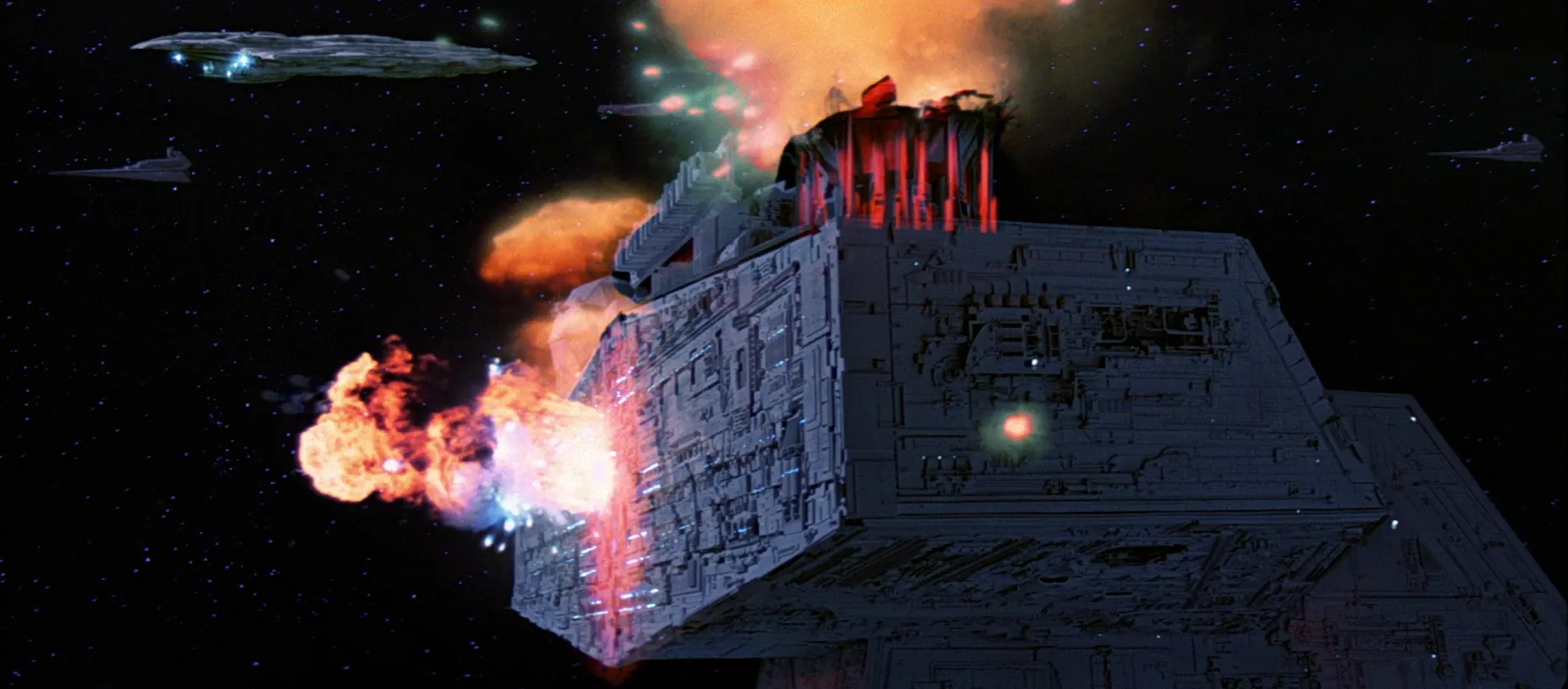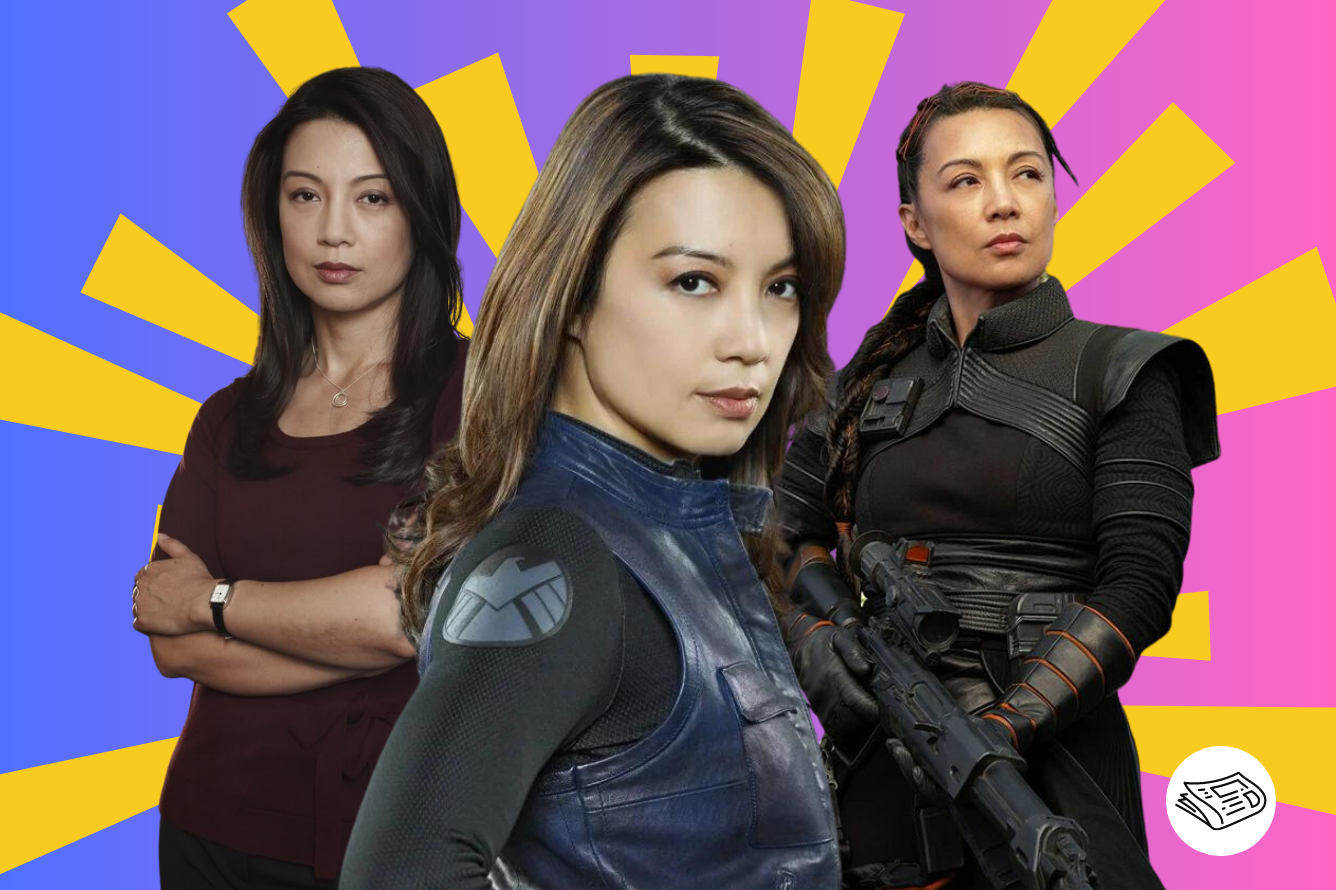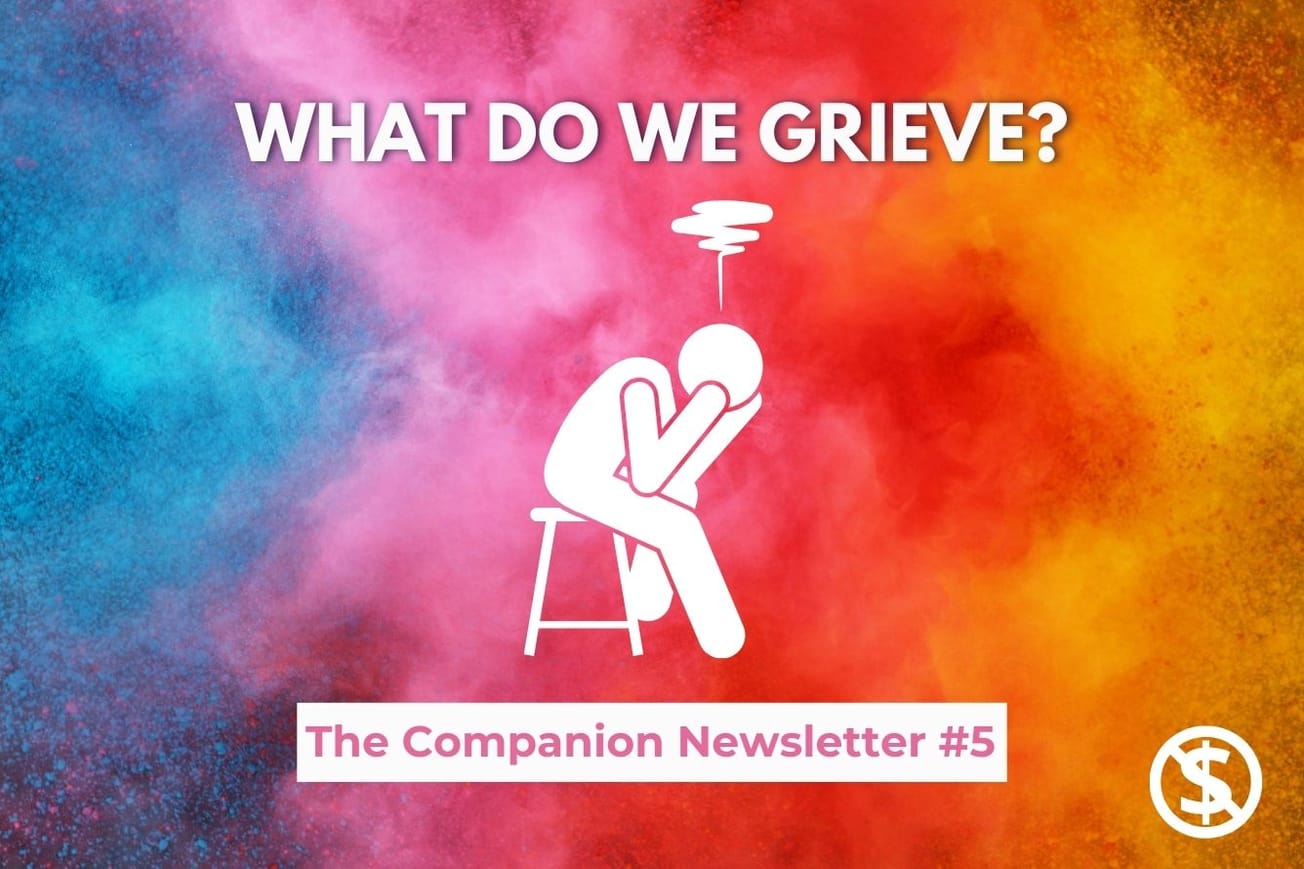The legions of imperial stormtroopers are the implacable face of the Galactic Empire in Star Wars; slavishly obedient and brutally efficient. However, the intelligence behind the stormtroopers’ façade is the imperial officers. It is these individuals who manage and coordinate the might of the Empire’s forces.
Instead of steadfast compliance, imperial officers are trained for their ingenuity and resourcefulness, enabling the Empire to strategically manage a galaxy-wide dictatorship. However, the consequences can be dire if they do not deliver results. The decision by Admiral Ozzel (played by Michael Sheard) to drop out of lightspeed close to Hoth proved to be a fatal mistake.

Star Wars redefined space opera on film. Rather than relying on the poor special effects available at the time, Star Wars presented an incredibly detailed and well-realized universe. “The Fifties were full of space movies, which were so awful that you went to laugh at them,” says Kenneth Colley (who played Admiral Piett) to The Companion. “Star Wars took itself seriously.”
This was reflected in how the Empire was portrayed throughout the Star Wars franchise. Rather than cackling minions who are evil for the sake of being evil, the Imperial officer corps is part of a galactic war machine, with all the strategizing and bureaucracy that goes with it. The recent Disney+ series Andor further explored the nature of subjugation, collaboration, and the creep of authoritarianism, to complete a process that began with Grand Moff Tarkin (Peter Cushing)’s Death Star-powered lesson in ruling through fear delivered in Star Wars: Episode IV – A New Hope (1977).
“You’re never playing a baddy; you’re playing somebody who’s misunderstood,” explains Colley. “You play a character from their point of view; never the world’s point of view. It’s called a commitment and you have to have conviction.”
As Told By



Further Reading: Oral History of the Death Star Trench Run
How We Made A New Hope’s Death Star Trench Run - Cast members and craftsmen on the making of Star Wars: Episode IV – A New Hope’s awesome climax.
Inside the Mind of an Imperial Officer
When compared with the iconic roles of Luke Skywalker (Mark Hamill), Darth Vader (David Prowse and the voice of James Earl Jones), and General Leia (Carrie Fisher), the Imperial officers were comparatively small roles. Yet, they played an important part in presenting the face of the Galactic Empire. As such, actors were needed who could invest these characters with a sense of life and vitality during their limited screen time.
Most of the roles for imperial officers were auditioned, but some scripts were sent to the agents of potential actors, for certain roles. According to John Jagwani’s interview with Michael Sheard in 2006, this was the case for Sheard, who was one of the actors who was sent a script, rather than having to audition.

Others gained their roles through networking and acquaintances: for example, Julian Glover landed the role of General Veers because Robert Watts, the associate producer on Star Wars: Episode V – The Empire Strikes Back (1981), was literally his next-door neighbor. “We were in our gardens, talking over the fence, like you do, seeing what each was doing,” recalls Glover to The Companion. “Robert said he was doing the second Star Wars movie. We’d all seen the first one and had been completely gobsmacked because there had been nothing like that, ever. He said there’s a little part in it for me if I wanted it.”
A key distinguishing feature of the imperial officers was their grey uniforms, a distinct difference from the all-encompassing white armor of the stormtroopers. “They were handmade,” recalls Colley. “When you wear a uniform, it does tend to do a lot for you.” This feeling was mirrored by Glover, who enthused:
“It was a jolly nice uniform. I looked shit hot in it!”
Although these were only minor roles, there was nonetheless a strict wardrobe policy and all uniforms had to be returned to the costuming department after scenes had been shot for the day. “You couldn’t keep it, especially by the third one, because by then everything was worth so much money,” says Colley.

However, not all of the clothes fit as well as they might: the boots for Grand Moff Tarkin were too small for actor Peter Cushing who was an uncommonly large size 12. He had to wear slippers instead, hence why there are rarely full-length shots of Tarkin. The actor recalled in his 1988 memoir, Past Forgetting: “I was allowed to stomp about looking very cross as Grand Moff Tarkin for the rest of the picture in carpet slippers.”
Imperial Officers in Action
Imperial officers were typically seen on the bridges of star destroyers or aboard the Death Star. However, an exception to this was General Veers, who personally led the assault against the rebel outpost on Hoth in an AT-AT walker. The cramped confines of the AT-AT’s cockpit necessitated something different for Veers.
“They put me on a thing called a gantry, which is up in the air with a blue screen behind me and seats, with a chap sitting next to me and a mock-up control panel, which they didn’t use in the film,” recalls Glover.
“I had no idea what I was driving or shooting. It wasn’t until I actually saw the film. I turned to my wife and said ‘My God, that’s me driving that giraffe!’”
The roles of Imperial officers provide texture to what is happening on screen. As such, there was an almost perfunctory approach to their filming, which typically took less than a week to complete. “We just stand there and say lines as an Imperial officer, which is what one would do if one was playing an army captain or any other military officer,” says Michael Culver, who played Captain Needa in Star Wars: Episode V – The Empire Strikes Back (1981).

Therefore, these roles were critical for investing the Empire with a sense of verisimilitude – that what we were seeing on screen was just part of a complex Galactic Empire that managed to control whole star systems. “We realized that we were court functionaries,” says Glover. “People weren’t really interested in our characters; they were interested in what we were doing and what our function was in the film.”
These Imperial officers were captains and generals within a vast military force and needed to be played as such. “Veers was a paid officer, like General Montgomery or General Patton,” explains Glover. “Absolutely well trained; no reason to be unpleasant.”
As with any organization, there is always an element of internal politics and one-upmanship, as each officer sought to elevate their career within the Empire. A notable example of this is seen between Ozzel and Piett in The Empire Strike Back. Ozzel dismisses Piett’s report about the shield generators, only for Vader to recognize the importance Piett’s findings. The glare that Ozzel gives Piett underlies that the Galactic Empire was not a singly-focused force, but one comprised of multiple factions and personalities.

Although the Galactic Empire is portrayed as predominantly human, one of the rare exceptions was Thrawn; a blue-skinned alien with red eyes, who was first introduced in Timothy Zhan’s novel Heir to the Empire (1991). Although Disney’s acquisition of Lucasfilm rendered the expanded universe non-canonical, Thrawn was reintroduced to the setting in the third season of Star Wars: Rebels.
Thrawn overcame the anti-alien agenda within the Empire through his tactical brilliance and cunning, to become a grand admiral of the Empire. In an interview with USA Today in 2017, Zahn described his villain as being different from other Imperial officers; “Most of the Imperial leaders we see in the movies rule through a combination of fear and manipulation. I wanted to create something different: a commander who could lead through loyalty. The result was Thrawn, a tactical genius whose troops follow him willingly, and who will fight for him whether or not he’s watching over their shoulders.”
The roles of Imperial officers are typically short-lived, due to the temerity of the Rebel Alliance. However, there have been a few instances of Imperial officers surviving. One such Imperial officer who survived for another film was Piett. “I tend to do that,” laughs Colley. “I suck up to people.”

Captain Piett not only survived Star Wars: Episode V – The Empire Strikes Back, but was promoted to the rank of admiral. The character returned for Star Wars: Episode VI – Return of the Jedi (1983), where he commanded the Imperial fleet at Endor, aboard the star dreadnought Executor, before he ultimately perished after a Rebel A-wing crashed into the bridge.
“Originally, Admiral Piett did not appear in Return of the Jedi; but, apparently, there was a big reaction amongst the fans to this character,” recalls Colley.
“George said ‘Come into the studio; I’m going to do some more scenes, but I’ve no idea what they will be.’ I sat on the set whilst he wrote them and gave them to me and told me there’s more next week.”
The Best of the Best
The most famous imperial officer was the ruthless Grand Moff Tarkin, played by Peter Cushing in Star Wars: Episode IV – A New Hope. Peter Cushing was initially considered for Obi-Wan Kenobi, but when Alec Guinness was cast in the role, George Lucas decided that Cushing would be perfect as Tarkin. Cushing enjoyed the role of Tarkin and was apparently disappointed when the character died at the end of A New Hope noting wryly in Past Forgetting: “A pity this happened to me really, because it meant I couldn’t very well take part in any of those subsequent outer space adventures, and actors do have to eat.”
Although Tarkin met his demise in the destruction of the first Death Star, the character proved so popular that he subsequently appeared in prequel films and animated shows. Unfortunately, Peter Cushing passed away in 1994, before production began on these.

A younger Tarkin makes an appearance in Star Wars: Episode III – Revenge of the Sith, played by Wayne Pygram (who also played Scorpius in Farscape), due to the actor having a similar physique to Peter Cushing. This was only a brief nonspeaking role, but Tarkin’s presence brought an element of continuity to the films.
Tarkin also made an appearance in Rogue One: A Star Wars Story (2016). This time, Cushing’s appearance was recreated using cutting-edge CGI and archive footage that was digitally repurposed to overlay Cushing’s image over the actor Guy Henry, whose lean profile resembled Cushing’s. However, there was an element of unsettling artificiality to Cushing’s image, which presented itself as the uncanny valley feeling.
Tarkin would also appear in the animated series Star Wars: Rebels. This had none of the eeriness of digital overlay, due to the non-photorealistic animation style used in the series. This time, Stephen Stanton voiced Tarkin and sought to mimic Peter Cushing’s voice by studying Cushing’s earlier films.
Further Reading: Star Wars Behind the Scenes
Furry Road: How We Made the Ewoks Movies - Behind the scenes on Caravan of Courage: An Ewoks Adventure and Ewoks: The Battle for Endor, arguably the oddest entries in live-action Star Wars canon.
Shadows of the Empire
Imperial officers may have relatively brief screen time, but they are vital within the franchise. The imperial officers present a vital facet of what life is like in the Empire and continue to play a significant part in the ever-expanding setting of Star Wars.
Since Tarkin, Veers, and Piett, further imperial officers have included Agent Kallus (voiced by David Oyelowo) in Star Wars: Rebels, Vice Admiral Rampart (voiced by Noshir Dalal) in Star Wars: The Bad Batch, Orson Krennic (Ben Mendelsohn) in Rogue One: A Star Wars Story, Moff Gideon (Giancarlo Esposito) in The Mandalorian, and most prominently in a show dominated by uniformed functionaries, Dedra Meero (Denise Gough) and Major Partagaz (Anton Lesser) in Andor. These characters continue to provide context for the ever-shifting war against the Rebels. We witness the consequences of the Empire’s losses being more than just the stormtroopers being blasted and exploding TIE-fighters.

The role of Imperial officers became especially important during the rise of the Empire period (between Revenge of the Sith and A New Hope). These characters were – and still are – used to explore the shifting politics within the Empire. This can be witnessed in Star Wars: Rebels, as Agent Kallus becomes increasingly disillusioned with the Empire throughout the series, before ultimately defecting to the Rebels.
Others, like Andor’s Deedra Meero react to challenges with the fervor of the true believer, tossing what remains of their humanity to the fire. Peeking into the core of Meero, Denise Gough told Empire: “I don’t think these [badges] on her jacket are what she’s after. What’s really terrifying is [...] It’s like she’s saving the Empire.”
As for those actors that played the Imperial officers in the original Star Wars trilogy, many assumed that these were just minor roles in a sci-fi trilogy. “We thought there may be another Star Wars movie, there may even be three,” concludes Colley. “The idea that it would cross the decades and generations; none of us thought that.”
This article was first published on May 11th, 2022, on the original Companion website. It has since been updated with reference to the Disney+ series Andor.
Further Reading on All Topics
- How We Made A New Hope’s Death Star Trench Run - Cast members and craftsmen on the making of Star Wars: Episode IV – A New Hope’s awesome climax.
- Furry Road: How We Made the Ewoks Movies - Behind the scenes on Caravan of Courage: An Ewoks Adventure and Ewoks: The Battle for Endor, arguably the oddest entries in live-action Star Wars canon.
- CGI Fridays | Adam Howard on Playing Palpatine and the Secret CG of Birdman - Digital painter and animator Adam Howard tells Ed Kramer about Star Wars and Birdman in CGI Fridays Episode 7.
The cost of your membership has allowed us to mentor new writers and allowed us to reflect the diversity of voices within fandom. None of this is possible without you. Thank you. 🙂









